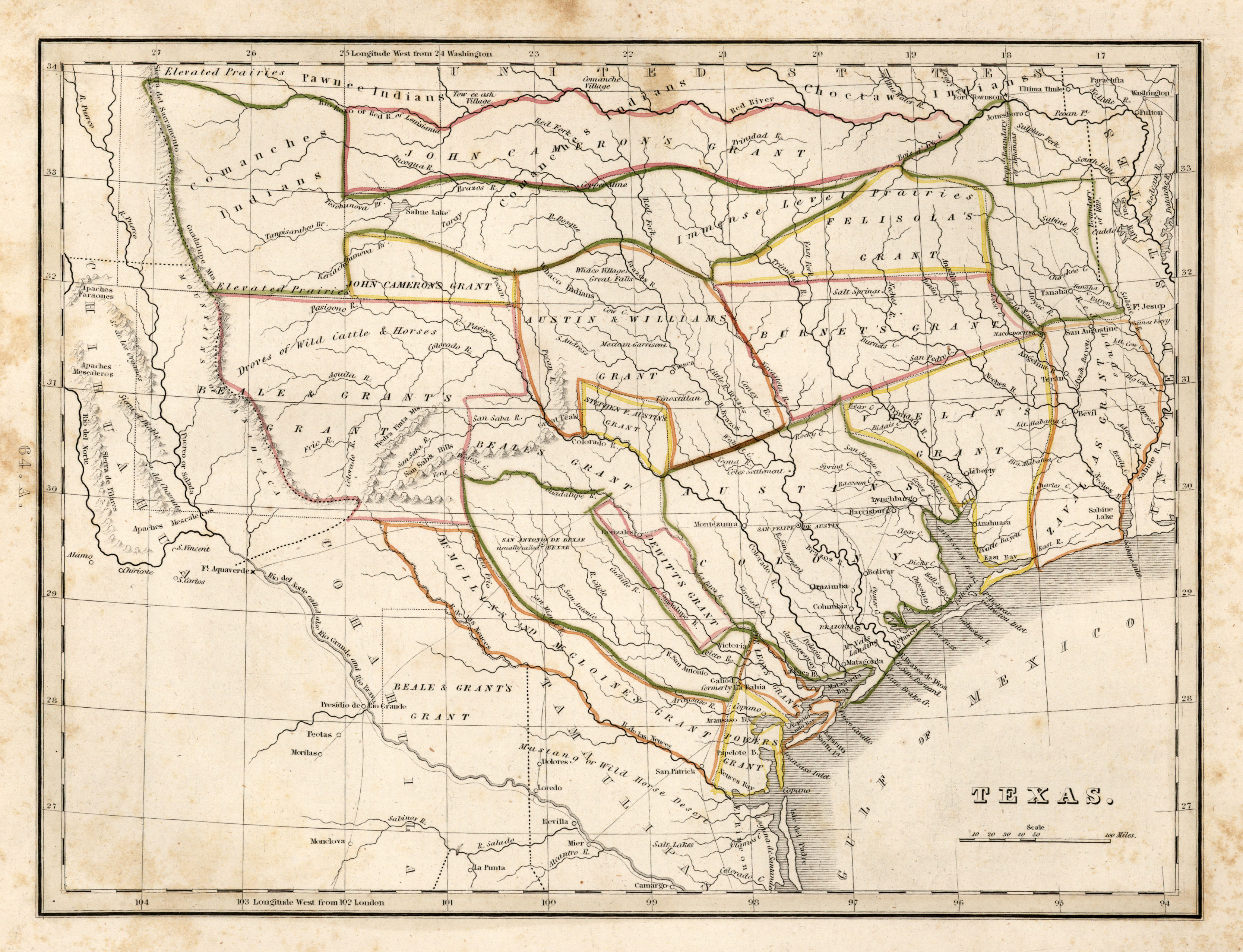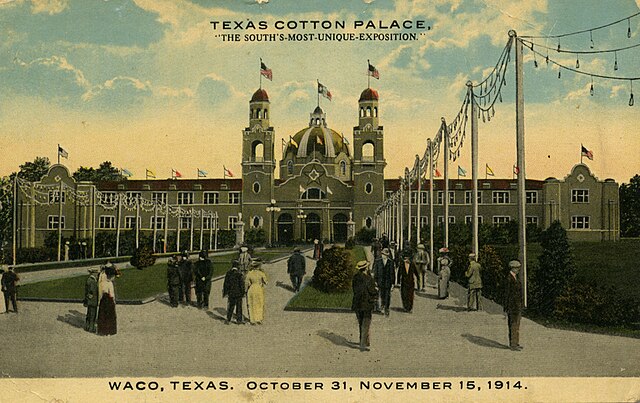pitchman said:
BU84BEAR said:
One of Ft Worth's most influential "boarding house" operators (Madame) in Ft Worth's Hell's Half Acre. Her string of bordello's were located where the Ft Worth Convention Center is now located.

Irish born Mary Porter was on a first name basis with many influential businessmen, including W. H. Ward and E. B. Daggett. Both men "occasionally" posted bond on her behalf. As her prosperity increased, the madam paid larger fines. Just in the four year period from 1893-1897, Porter had 130 offenses on record, yet never spent a night in jail.
Ward was proprietor of the famous White Elephant Saloon, and owned the Ft Worth Cats at the time. Daggett was the only white son of E.M. Daggett, the grandfather of Ft Worth. E.M. had a son and a daughter by one of his slaves.
I would welcome any info on Waco's famous madam Mollie Adams;
http://wacohistory.org/items/show/93The first noted record of prostitution in Waco is documented in an 1876 city directory. Matilda Davis of 76 N. Fourth St. is listed as a madam with 10 occupants in her house. The women listed their occupation as actress. Waco had no playhouse at the time. In 1879, the city issued the first license for a bawdy house for an annual fee of $200 and a good behavior bond of $500.
Waco officials legalized prostitution within the Reservation in 1889 making Waco the first town in Texas and the second in the United States to condone a controlled red-light district. Madams paid a yearly fee of $12.50 for each bedroom and $10.00 for each bawd. Prostitutes paid an additional $10.00 license fee and paid the city physician $2.00 twice a month for a medical exam. This guaranteed they didn't ply their trade outside their designated territory and were disease free. The city prohibited drinking within the area. Fines for violators ranged between $50 and $100. With the large number of prostitutes it's easy to see the city benefited from trade within the Reservation.
Prostitutes were prohibited from being seen on the streets outside the Reservation yet they were allowed to trade with local businesses. No more than two at a time could travel via a city hack to the stores. Usually tradesmen sent clerks to the curb with merchandise. Some storeowners required the prostitutes to stop at the back door.
Life was hard for these working girls. Violence abounded in the bordellos as did drug and alcohol use and abuse. Though licensed, the police had little to do with the establishments. The madams disciplined the women in their houses and maintained order among their clientele. On occasion the police were called when robberies or assaults occurred.
Waco's most famous madam was Mollie Adams. She had worked in another house but in 1890 opened her own three-room operation. By 1893 she had a seven-room establishment. In 1910 she'd obtained enough wealth to commission a house to be built by the same firm that built the First Baptist Church of Waco and the building now the Dr. Pepper Museum. Her home at 408 N. Second St., had indoor plumbing, electric fixtures, two parlors, a dance hall, and a bell system wired to every room. Her portrait, included here, hung over the fireplace.
Though wealthy at this point in her life, she died in an indigent home in 1944. Lorna Lane, the madam in Madison Cooper's epic novel, Sironia, is supposedly modeled after Mollie Adams.
In 1917, the US Government ordered cities with military bases to shut down red light districts to protect the health of America's soldiers. Not wanting to lose Camp MacArthur and its 36,000 troops, the city shut down the Reservation in August of 1917. It is rumored some bawdy houses managed to continue business through the 1920s.
It's interesting to note that the Waco Convention Center sits where the Red Light District, known as the Reservation, was once located.
The link is a similar but different writeup about The Reservation and the woman pictured there is Mollie Adams.
























